Thomas James Richards, Diaries, Transcript Vol. 4, 9 November 1916 - 31 May 1918 - Part 32
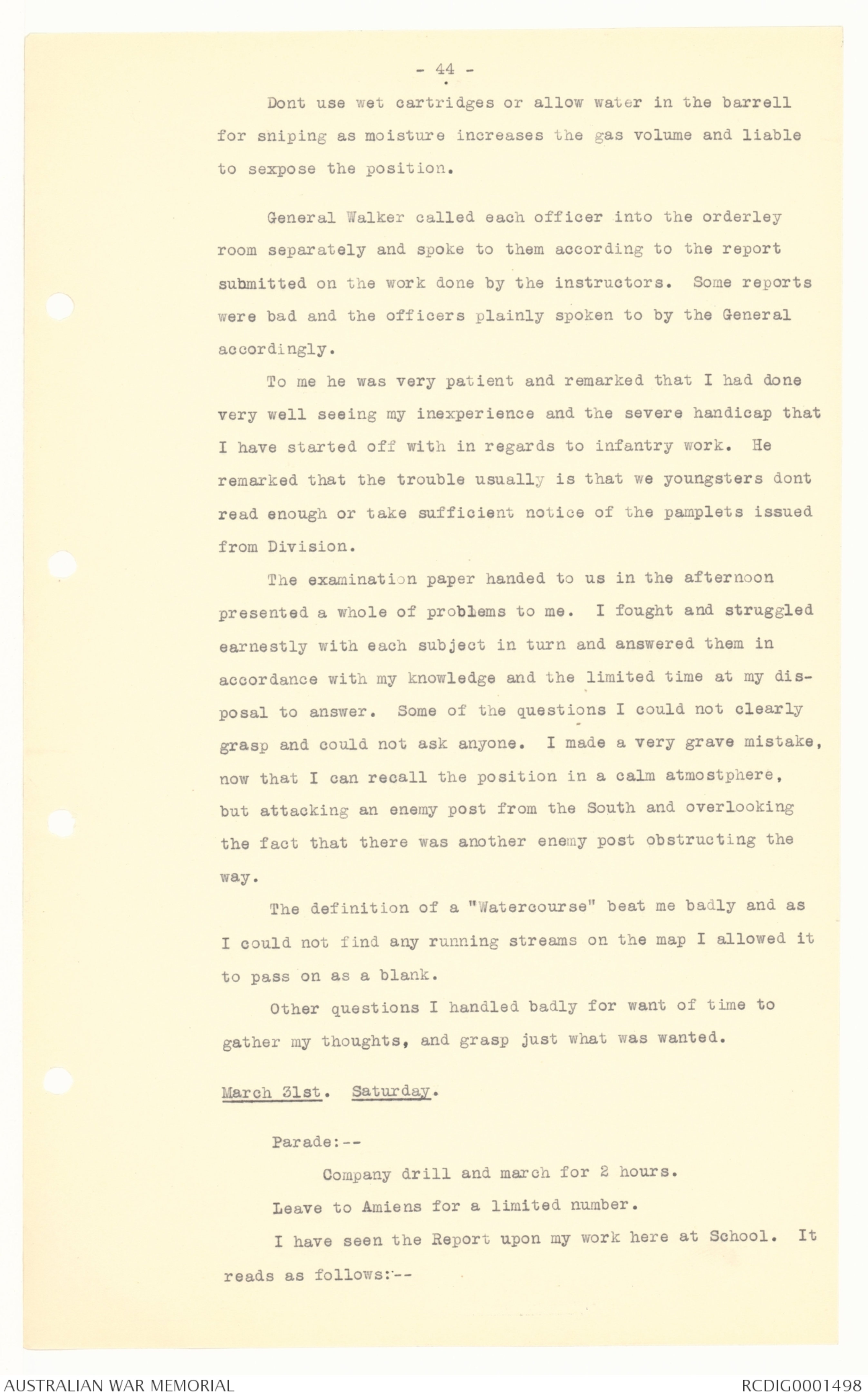
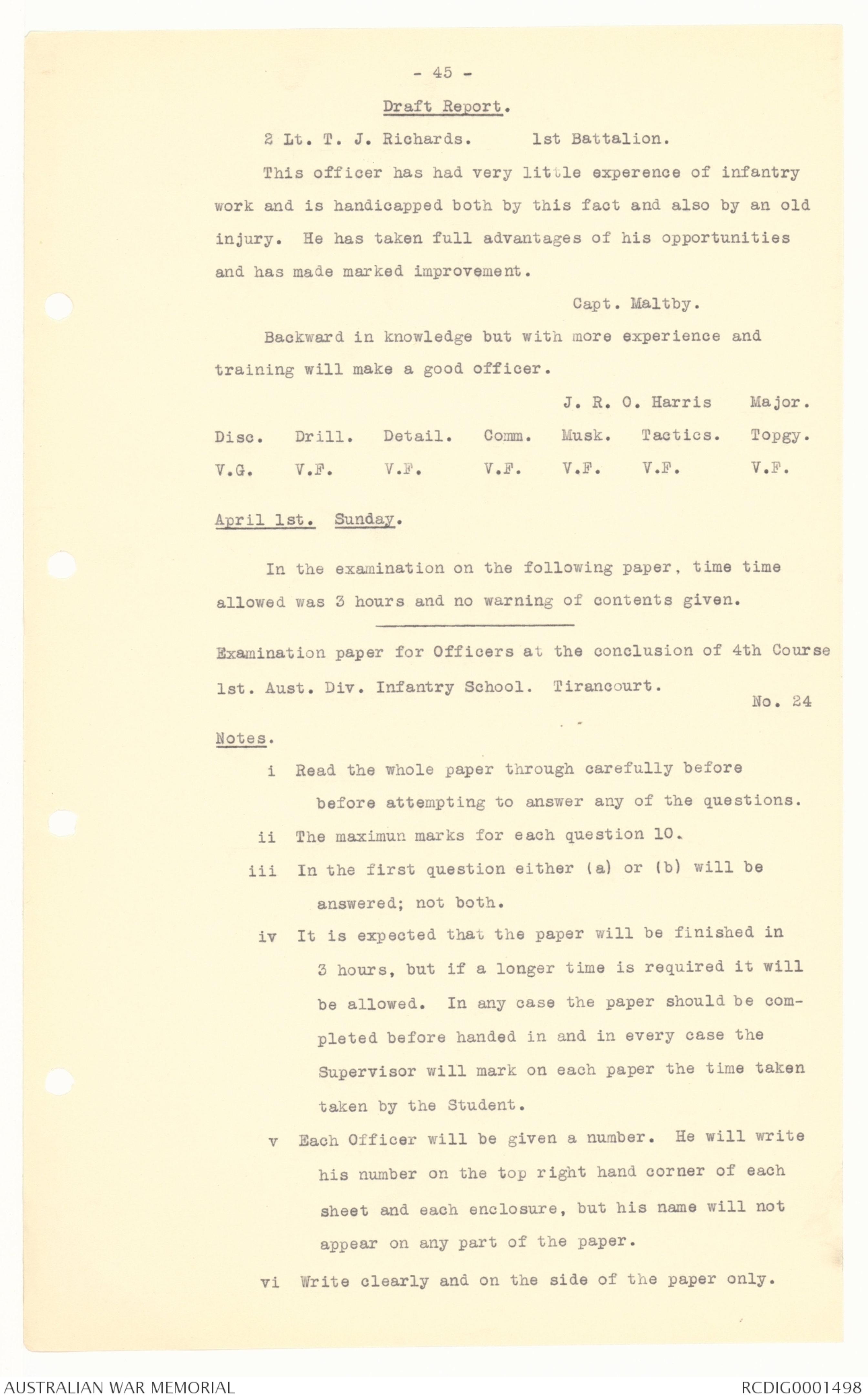
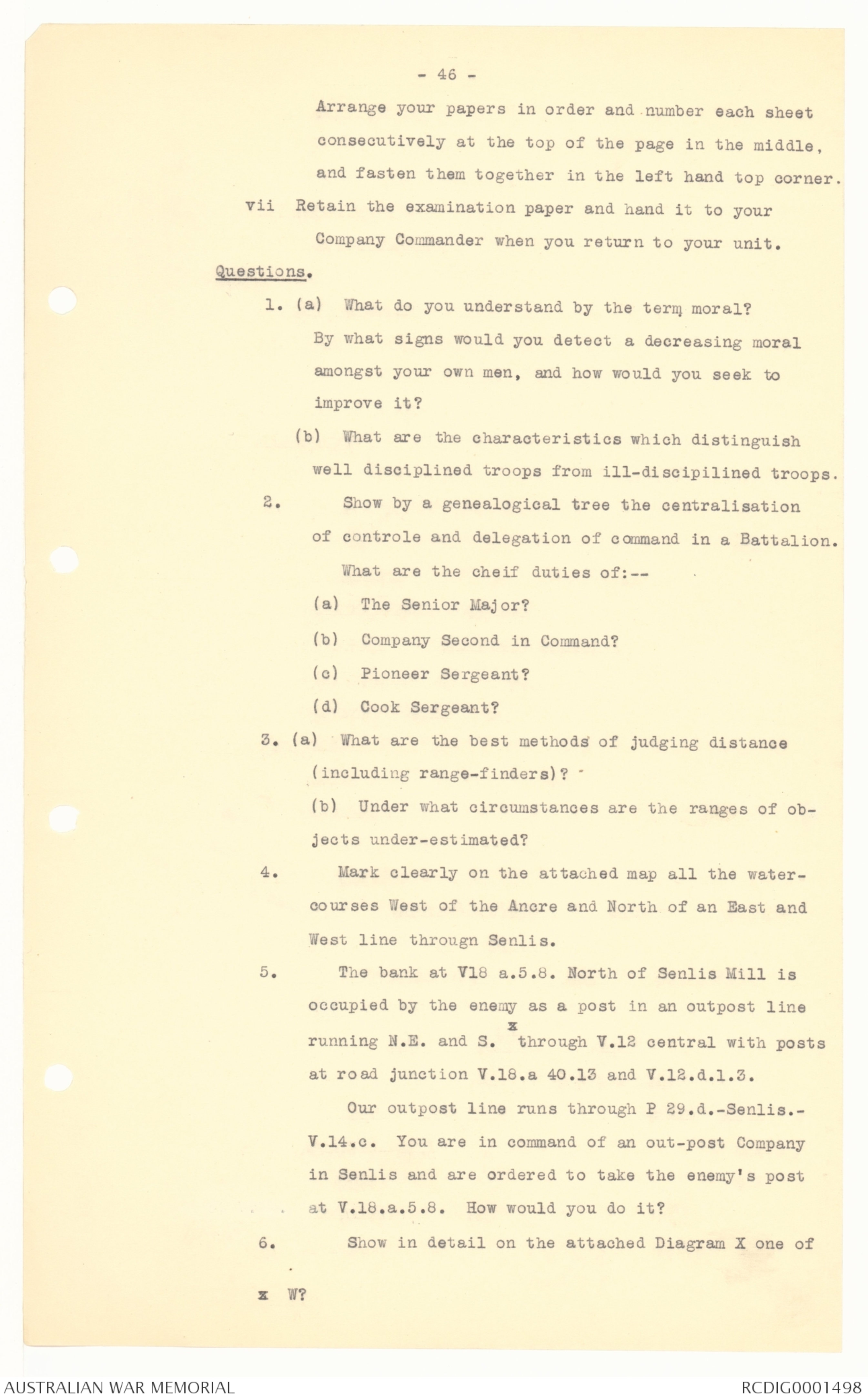
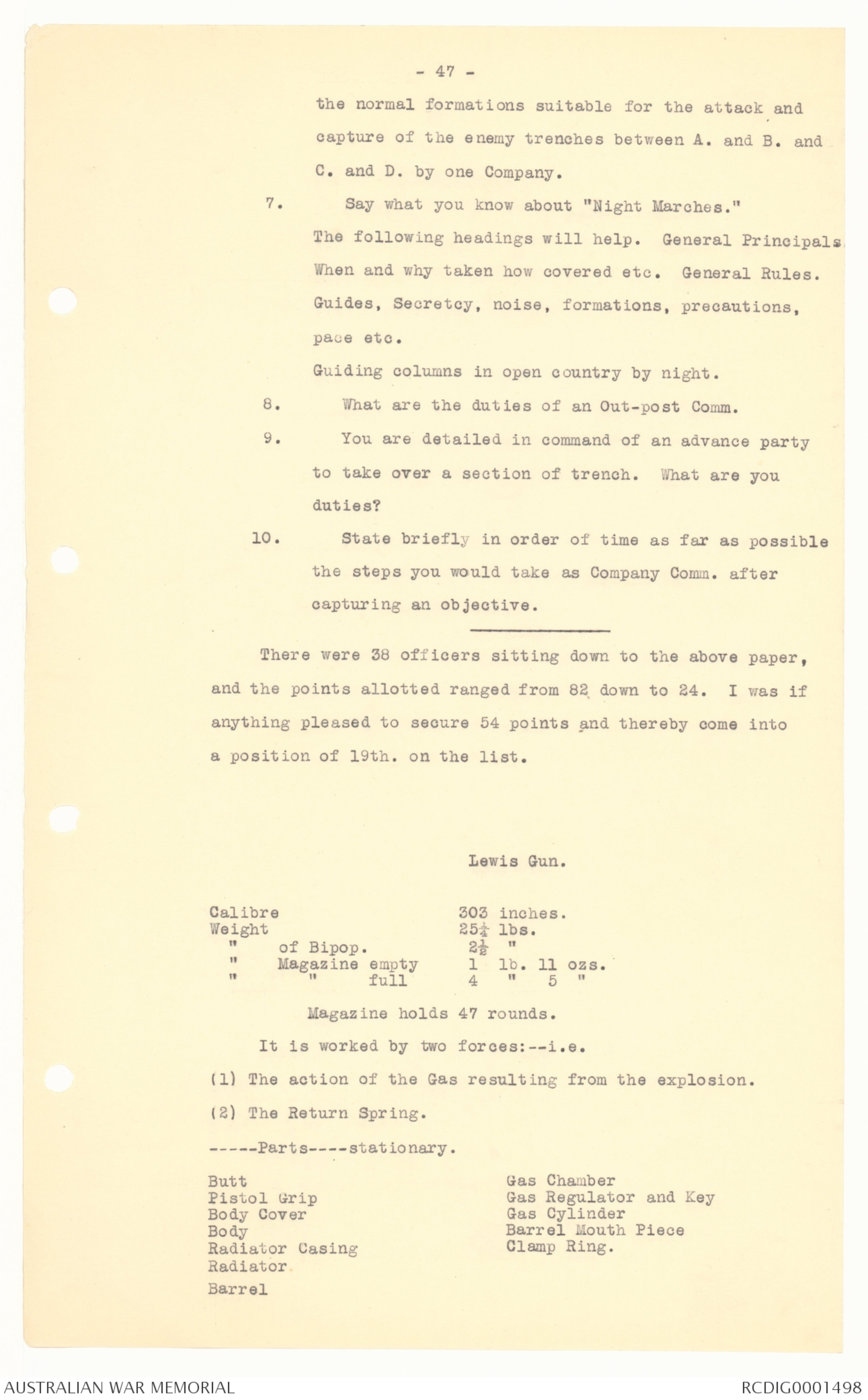

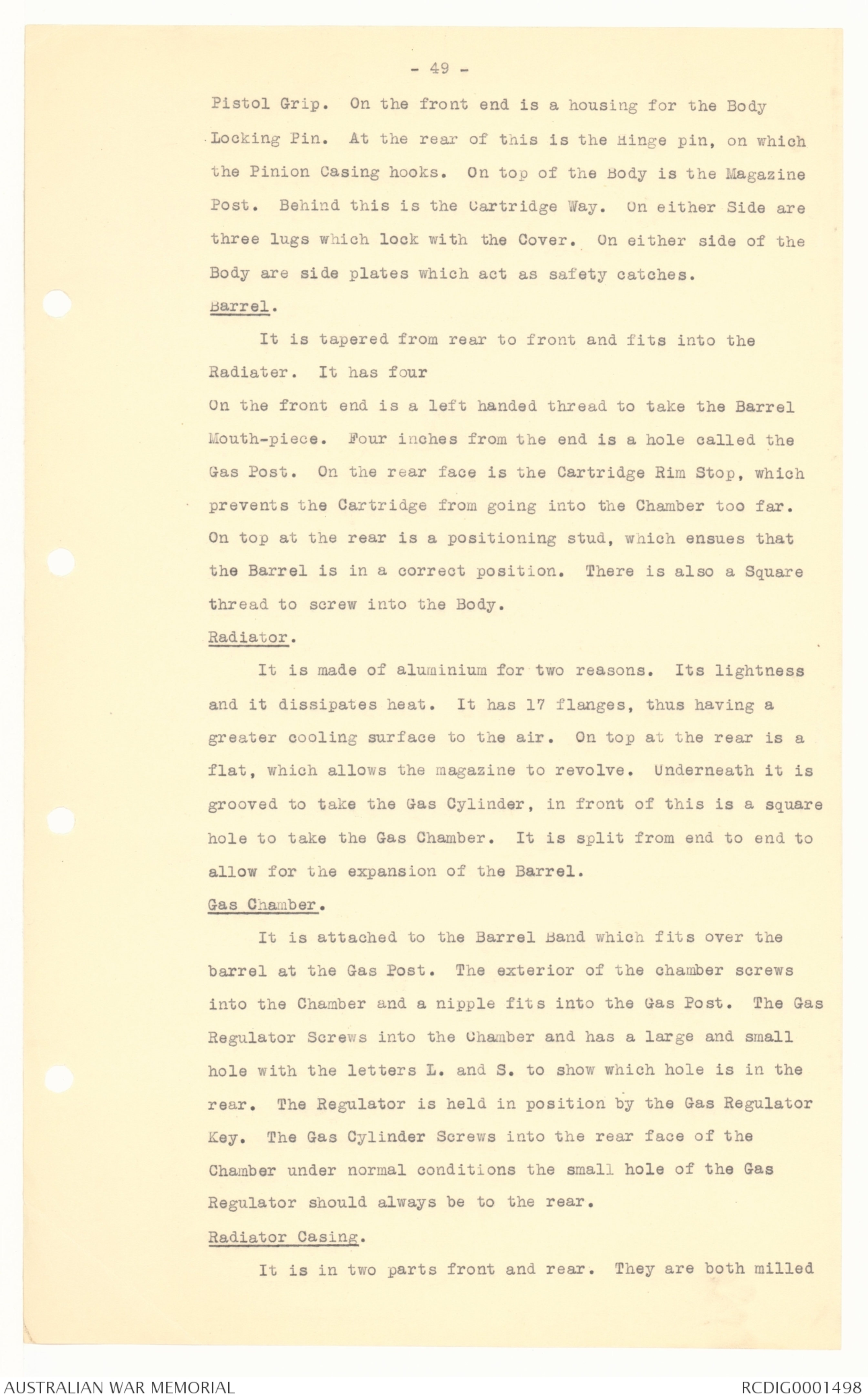
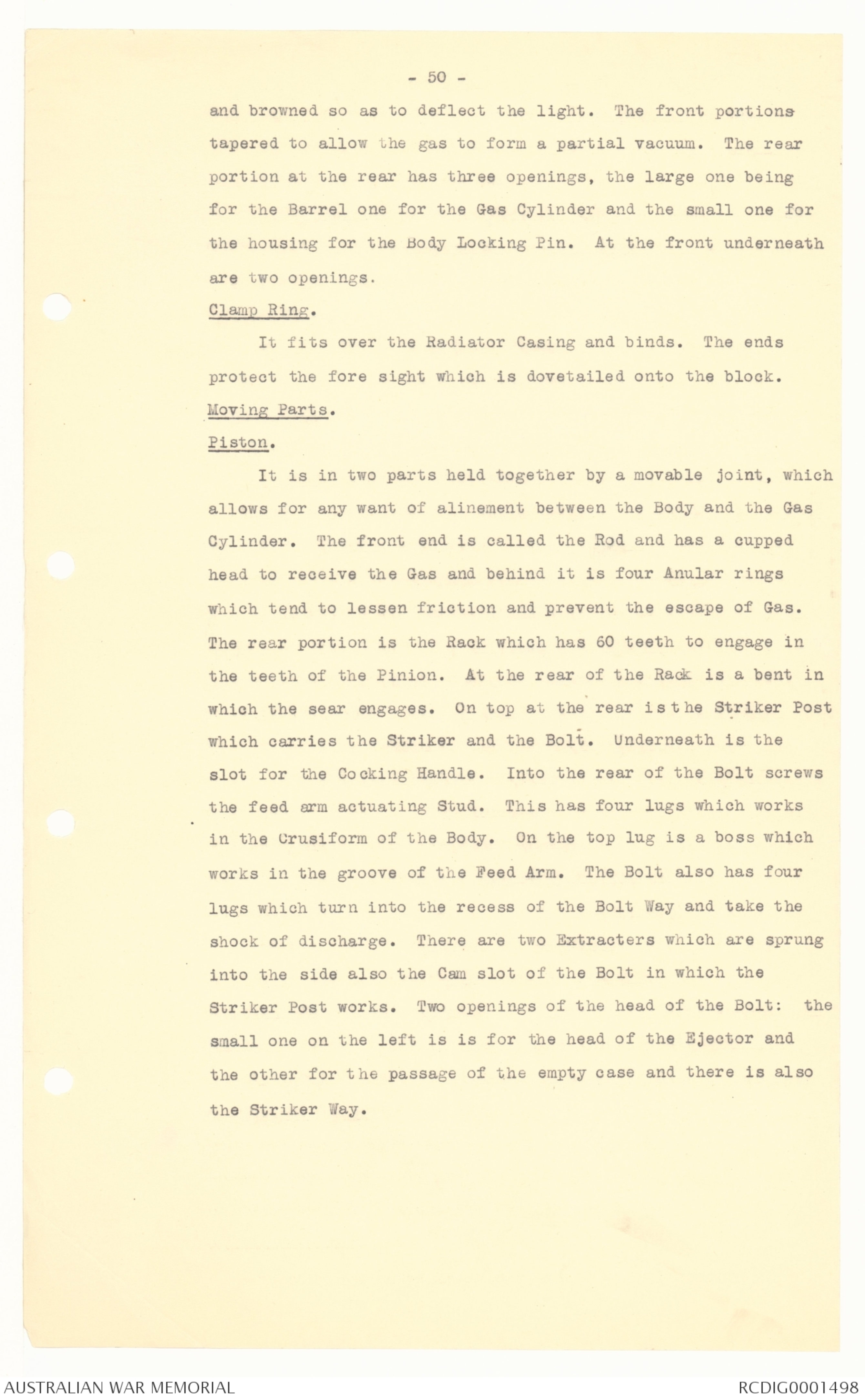
- 44 -
Dont use wet cartridges or allow water in the barrell
for sniping as moisture increases the gas volume and liable
to sexpose the position.
General Walker called each officer into the orderley
room separately and spoke to them according to the report
submitted on the work done by the instructors. Some reports
were bad and the officers plainly spoken to by the General
accordingly.
To me he was very patient and remarked that I had done
very well seeing my inexperience and the severe handicap that
I have started off with in regards to infantry work. He
remarked that the trouble usually is that we youngsters dont
read enough or take sufficient notice of the pamplets issued
from Division.
The examination paper handed to us in the afternoon
presented a whole of probolems to me. I fought and struggled
earnestly with each subject in turn and answered them in
accordance with my knowledge and the limited time at my disposal
to answer. Some of the questions I could not clearly
grasp and could not ask anyone. I made a very grave mistake,
now that I can recall the position in a calm atmostphere,
but attacking an enemy post from the South and overlooking
the fact that there was another enemy post obstructing the
way.
The definition of a "Watercourse" beat me badly and as
I could not find any running streams on the map I allowed it
to pass on as a blank.
Other questions I handled badly for want of time to
gather my thoughts, and grasp just what was wanted.
March 31st. Saturday.
Parade:--
Company drill and march for 2 hours.
Leave to Amiens for a limited number.
I have seen the Report upon my work here at School. It
reads as follows:--
- 45 -
Draft Report.
2 Lt. T. J. Richards. 1st Battalion.
This officer has had very little experence of infantry
work and is handicapped both by this fact and also by an old
injury. He has taken full advantages of his opportunities
and has made marked improvement.
Capt. Maltby.
Backward in knowledge but with more experience and
training will make a good officer.
J. R. O. Harris Major.
Disc. Drill. Detail. Comm. Musk. Tactics. Topgy.
V.G. V.F. V.F. V.F. V.F. V.F. V.F.
April 1st. Sunday.
In the examination on the following paper, time time
allowed was 3 hours and no warning of contents given.
Examination paper for Officers at the conclusion of 4th Course
1st. Aust. Div. Infantry School. Tirancourt.
No. 24
Notes.
i Read the whole paper through carefully before
before attempting to answer any of the questions.
ii The maximun marks for each question 10.
iii In the first question either (a) or (b) will be
answered; not both.
iv It is expected that the paper will be finished in
3 hours, but if a longer time is required it will
be allowed. In any case the paper should be completed
before handed in and in every case the
Supervisor will mark on each paper the time taken
taken by the Student.
v Each Officer will be given a number. He will write
his number on the top right hand corner of each
sheet and each enclosure, but his name will not
appear on any part of the paper.
vi Write clearly and on the side of the paper only.
- 46 -
Arrange your papers in order and number each sheet
consecutively at the top of the page in the middle,
and fasten them together in the left hand top corner.
vii Retain the examination paper and hand it to your
Company Commander when you return to your unit.
Questions.
1. (a) What do you understand by the term moral?
By what signs would you detect a decreasing moral
amongst your own men, and how would you seek to
improve it?
(b) What are the characteristics which distinguish
well disciplined troops from ill-discipilined troops.
2. Show by a genealogical tree the centralisation
of controle and delegation of command in a Battalion.
What are the cheif duties of:-
(a) The Senior Major?
(b) Company Second in Command?
(c) Pioneer Sergeant?
(d) Cook Sergeant?
3. (a) What are the best methods of judging distance
(including range-finders)?
(b) Under what circumstances are the ranges of objects
under-estimated?
4. Mark clearly on the attached map all the watercourses
West of the Ancre and North of an East and
West line through Senlis.
5. The bank at V18 a.5.8. North of Senlis Mill is
occupied by the enemy as a post in an outpost line
running N.E. and S. x through V.12 central with posts
at road junction V.18.a 40.13 and V.12.d.1.3.
Our outpost line runs through P 29.d.-Senlis.-
V.14.c. You are in command of an out-post Company
in Senlis and are ordered to take the enemy's post
at V.18.a.5.8. How would you do it?
6. Show in detail on the attached Diagram X one of
x W?
- 47 -
the normal formations suitable for the attack and
capture of the enemy trenches between A. and B. and
C. and D. by one Company.
7. Say what you know about "Night Marches."
The following headings will help. General Principals
When and why taken how covered etc. General Rules.
Guides, Secretcy, noise, formations, precautions,
pace etc.
Guiding columns in open country by night.
8. What are the duties of an Out-post Comm.
9. You are detailed in command of an advance party
to take over a section of trench. What are you
duties?
10. State briefly in order of time as far as possible
the steps you would take as Company Comm. after
capturing an objective.
There were 38 officers sitting down to the above paper,
and the points allotted ranged from 82 down to 24. I was if
anything pleased to secure 54 points and thereby come into
a position of 19th. on the list.
Lewis Gun.
Calibre 303 inches.
Weight 25¼ 1bs.
" of Bipop. 2½ "
" Magazine empty 1 lb. 11 ozs.
" " full 4 " 5 "
Magazine holds 47 rounds.
It is worked by two forces:--i.e.
(1) The action of the Gas resulting from the explosion.
(2) The Return Spring.
-----Parts----stationary.
Butt Gas Chamber
Pistol Grip Gas Regulator and Key
Body Cover Gas Cylinder
Body Barrel Mouth Piece
Radiator Casing Clamp Ring.
Radiator
Barrel
- 48 -
(Moving parts are)
Piston
Bolt.
Feed arm Actuating Stud
Feed Arm, Pinion, Return Spring.
Description of Parts (Stationary).
Butt:--
On the front end is the Butt Cap which has on it a boss,
with four lugs to lock in the rear of the Body. On top is a
flange which prevents the Body Cover from coming to the rear.
On the bottom is a recess for the Butt Catch.
Pistol Grip.
It has a wooden grip shaped for the fingers. On the top
it has two channels to fit underneath the Body. It is also
grooved out to take the Trigger, Sear, Plunger and Spring.
On the front end is a recess for the Pinion Pawl and at the
rear end is the Butt Catch.
Body Cover.
Underneath it has three lugs on either side, to lock in
the lugs on the Body. On the front are two Pawls called the
right and the left stop pawls No. 1 being the left. No. 2 the
right. They are both worked by the one double action spring.
On top of the Body Cover is a Tangent Sight which is dovetailed
on and held by a screw.
with an Apature Sight worked by a milled head and screw. On
the front end is the tongue which holds the Cartridge Guide
Spring Body.
Body.
It screws into the end of the Barrel with a Square Thread.
It is drilled internally in two places, one is for the Bolt
and the other for the Piston. The Bolt Way is grooved to form
a crusiform. On the front end of this is a recess to take the
lugs of the Butt. On the left side of the Bolt Way is the
Ejector opening through which the empty cases pass. The Piston
Way has a flat bottom to take the flat of the Rack. This has
three openings
sear to engage in the bent in the Rack. The round one is a
clearance for the Plunger and the front one allows the Pinion
to engage in the Rack. It is also grooved out to take the
- 49 -
Pistol Grip. On the front end is a housing for the Body
Locking Pin. At the rear of this is the Hinge pin, on which
the Pinion Casing hooks. On top of the Body is the Magazine
Post. Behind this is the Cartridge Way. On either Side are
three lugs which lock with the Cover. On either side of the
Body are side plates which act as safety catches.
Barrel.
It is tapered from rear to front and fits into the
Radiater. It has four
On the front end is a left handed thread to take the Barrel
Mouth-piece. Four inches from the end is a hole called the
Gas Post. On the rear face is the Cartridge Rim Stop, which
prevents the Cartridge from going into the Chamber too far.
On top at the rear is a positioning stud, which ensues that
the Barrel is in a correct position. There is also a Square
thread to screw into the Body.
Radiator.
It is made of aluminium for two reasons. Its lightness
and it dissipates heat. It has 17 flanges, thus having a
greater cooling surface to the air. On top at the rear is a
flat, which allows the magazine to revolve. Underneath it is
grooved to take the Gas Cylinder, in front of this is a square
hole to take the Gas Chamber. It is split from end to end to
allow for the expansion of the Barrel.
Gas Chamber.
It is attached to the Barrel Band which fits over the
barrel at the Gas Post. The exterior of the chamber screws
into the Chamber and a nipple fits into the Gas Post. The Gas
Regulator Screws into the Chamber and has a large and small
hole with the letters L. and S. to show which hole is in the
rear. The Regulator is held in position by the Gas Regulator
Key. The Gas Cylinder Screws into the rear face of the
Chamber under normal conditions the small hole of the Gas
Regulator should always be to the rear.
Radiator Casing.
It is in two parts front and rear. They are both milled
- 50 -
and browned so as to deflect the light. The front portions
tapered to allow the gas to form a partial vacuum. The rear
portion at the rear has three openings, the large one being
for the Barrel one for the Gas Cylinder and the small one for
the housing for the Body Locking Pin. At the front underneath
are two openings.
Clamp Ring.
It fits over the Radiator Casing and binds. The ends
protect the fore sight which is dovetailed onto the block.
Moving Parts.
Piston.
It is in two parts held together by a movable joint, which
allows for any want of alinement between the Body and the Gas
Cylinder. The front end is called the Rod and has a cupped
head to receive the Gas and behind it is four Anular rings
which tend to lessen friction and prevent the escape of Gas.
The rear portion is the Rack which has 60 teeth to engage in
the teeth of the Pinion. At the rear of the Rack is a bent in
which the sear engages. On top at the rear is the Striker Post
which carries the Striker and the Bolt. Underneath is the
slot for the Cocking Handle. Into the rear of the Bolt screws
the feed arm actuating Stud. This has four lugs which works
in the Crusiform of the Body. On the top lug is a boss which
works in the groove of the Feed Arm. The Bolt also has four
lugs which turn into the recess of the Bolt Way and take the
shock of discharge. There are two Extracters which are sprung
into the side also the Cam slot of the Bolt in which the
Striker Post works. Two openings of the head of the Bolt: the
small one on the left is is for the head of the Ejector and
the other for the passage of the empty case and there is also
the Striker Way.
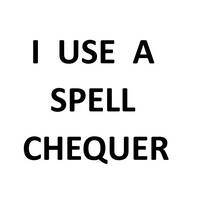 Not Yet Replaced By AI
Not Yet Replaced By AIThis transcription item is now locked to you for editing. To release the lock either Save your changes or Cancel.
This lock will be automatically released after 60 minutes of inactivity.